Sample our easy-to-implement strategies and lessons to bring science notebooking into your classroom or home!
Setting Up Your Science Notebooks

Explore this section to learn the basics of setting up science notebooks with your students.
Strategies for Reflection
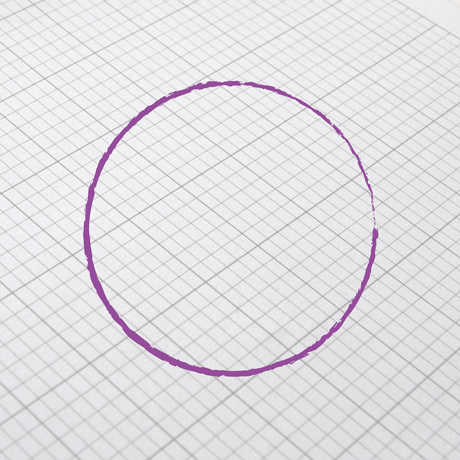
Setting aside time for reflection allows your students to recognize their own learning.
Strategies for Investigations
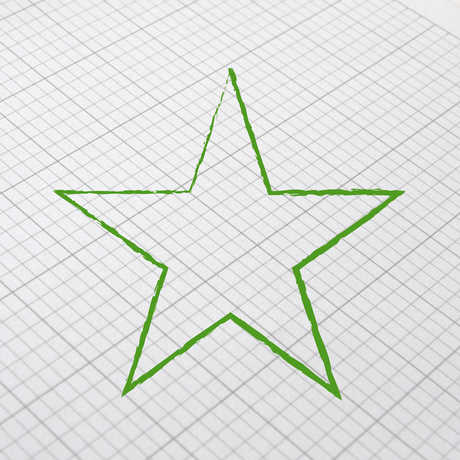
Learn how science notebooks can help your students plan and carry out hands-on investigations.
Strategies for Notetaking
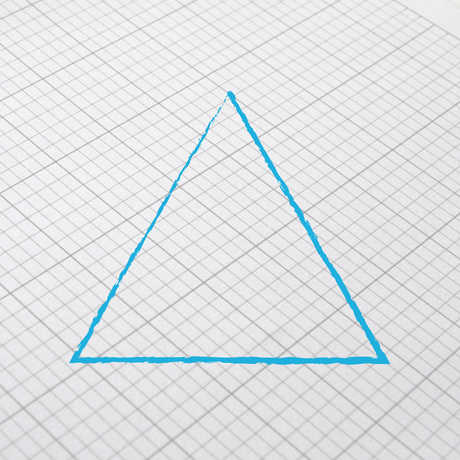
Taking notes in science doesn't mean just copying what's on the board.
Introductory Science Notebooking Activities
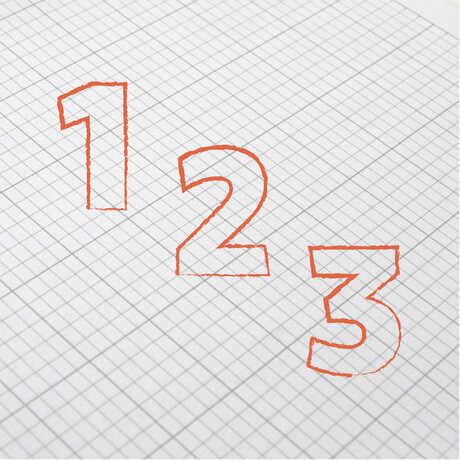
Browse these lessons to learn the basics of setting up science notebooks with your students.
Explore: Earth & Environmental Science Units Integrating Notebooks
A Science Notebook Story: Investigating Compost
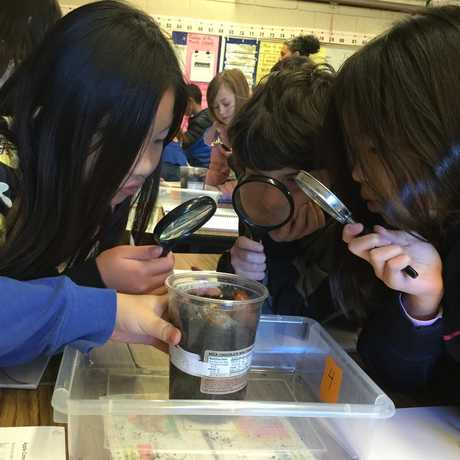
Anoushka Takla's fourth graders seek to answer the question: "What happens to our trash over time?"
A Science Notebook Story: Investigating Moon Phases
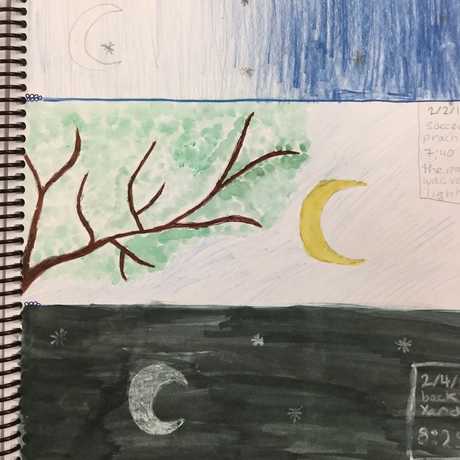
Erica Katz's fifth graders seek to answer the question: "Why does the moon look different on different days?"
Watch: Science Notebooks in Action
How I Use My Science Notebook
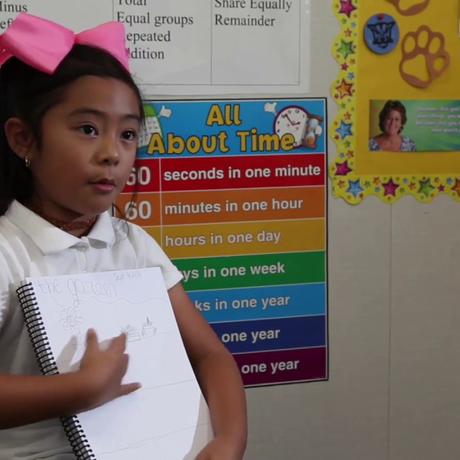
Compare the science notebooks of elementary school students and scientists. What do they have in common?
Developing Notebook Routines
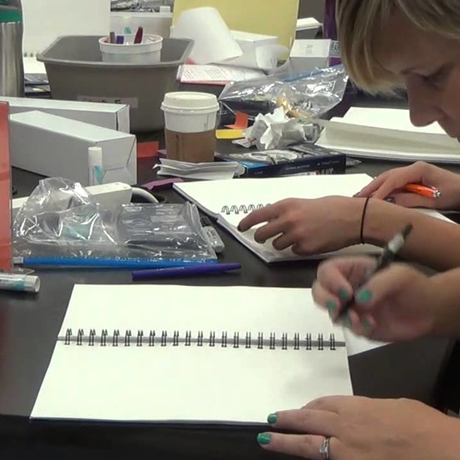
Using the table of contents and page headers, students will understand how a notebook is an organizational tool.
Notebooks for Scientific Thinking
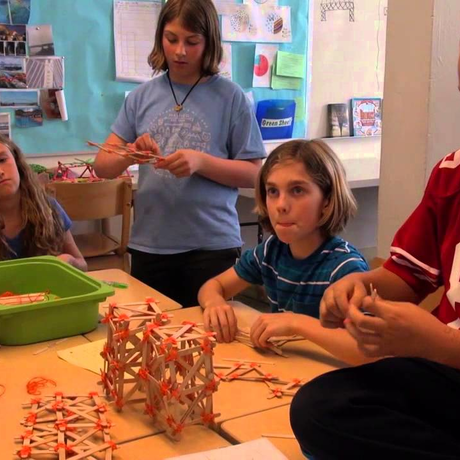
Notebooks can be a tool for scientific thinking. Start with scientific observation through sketching!